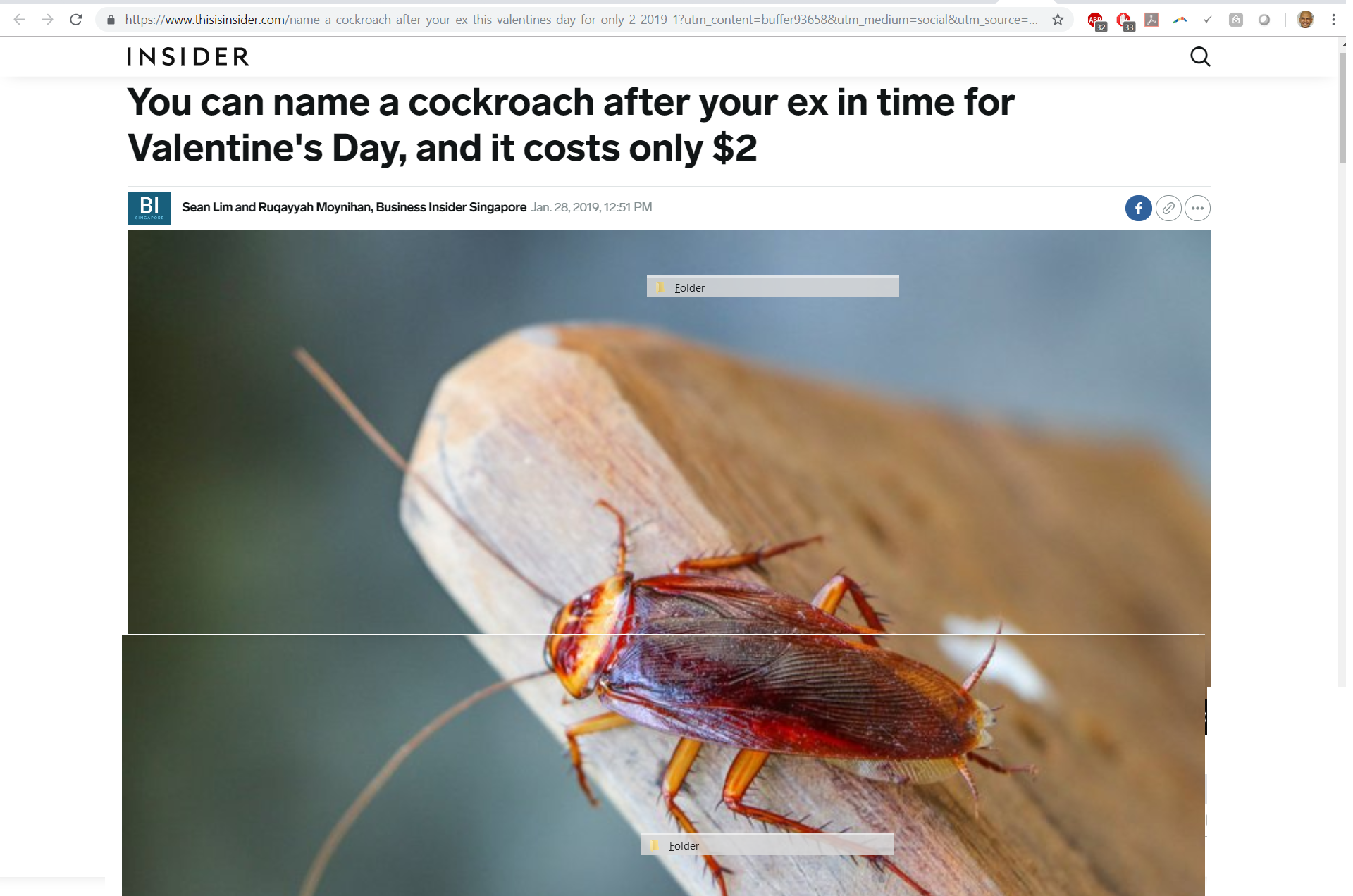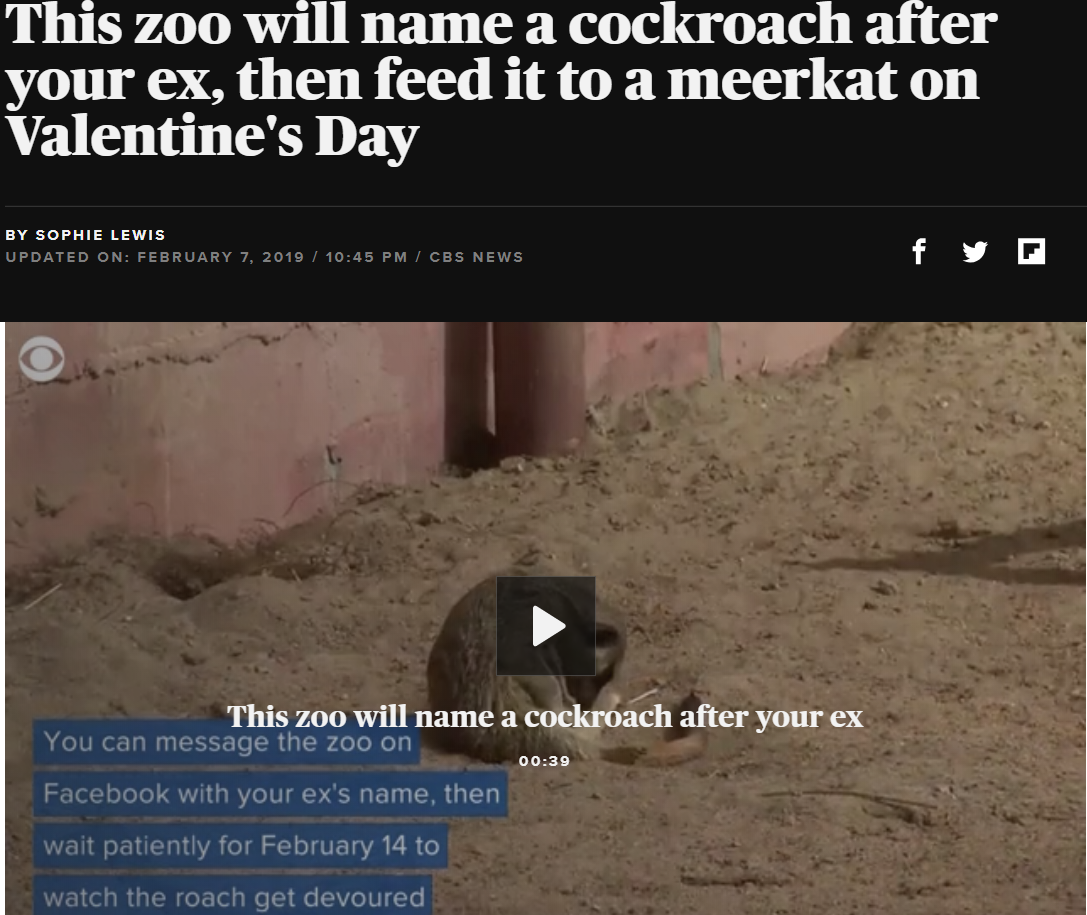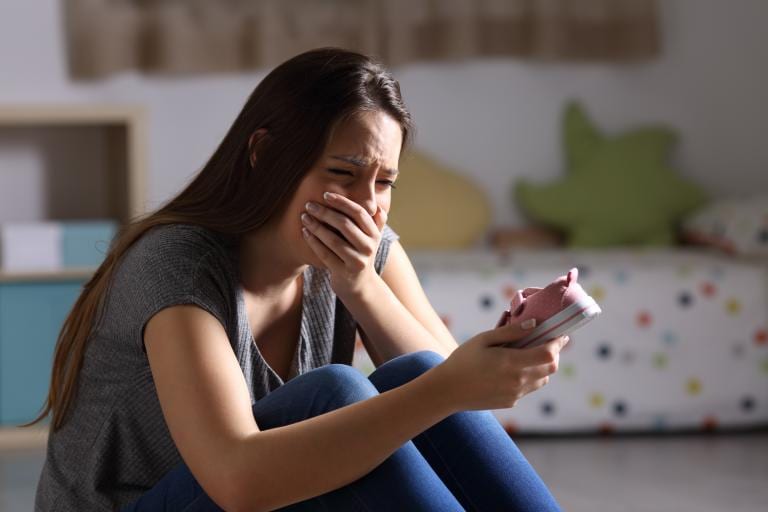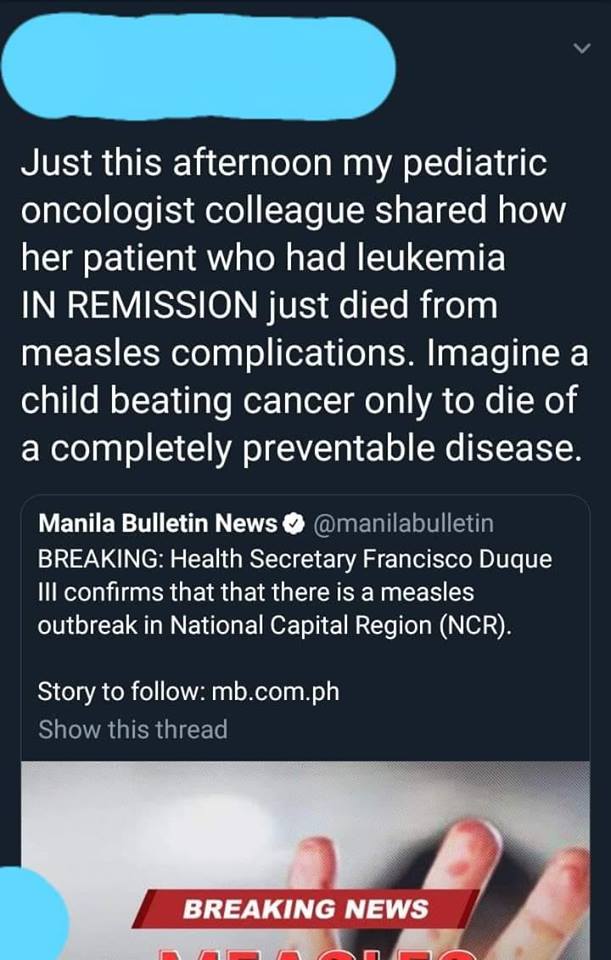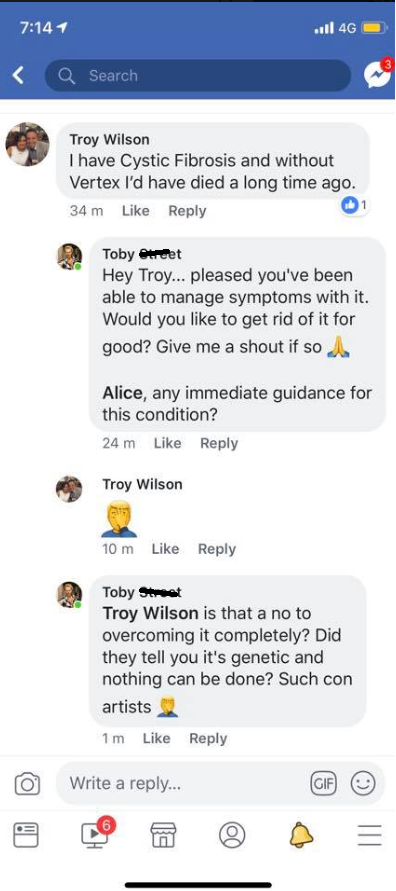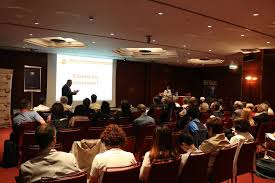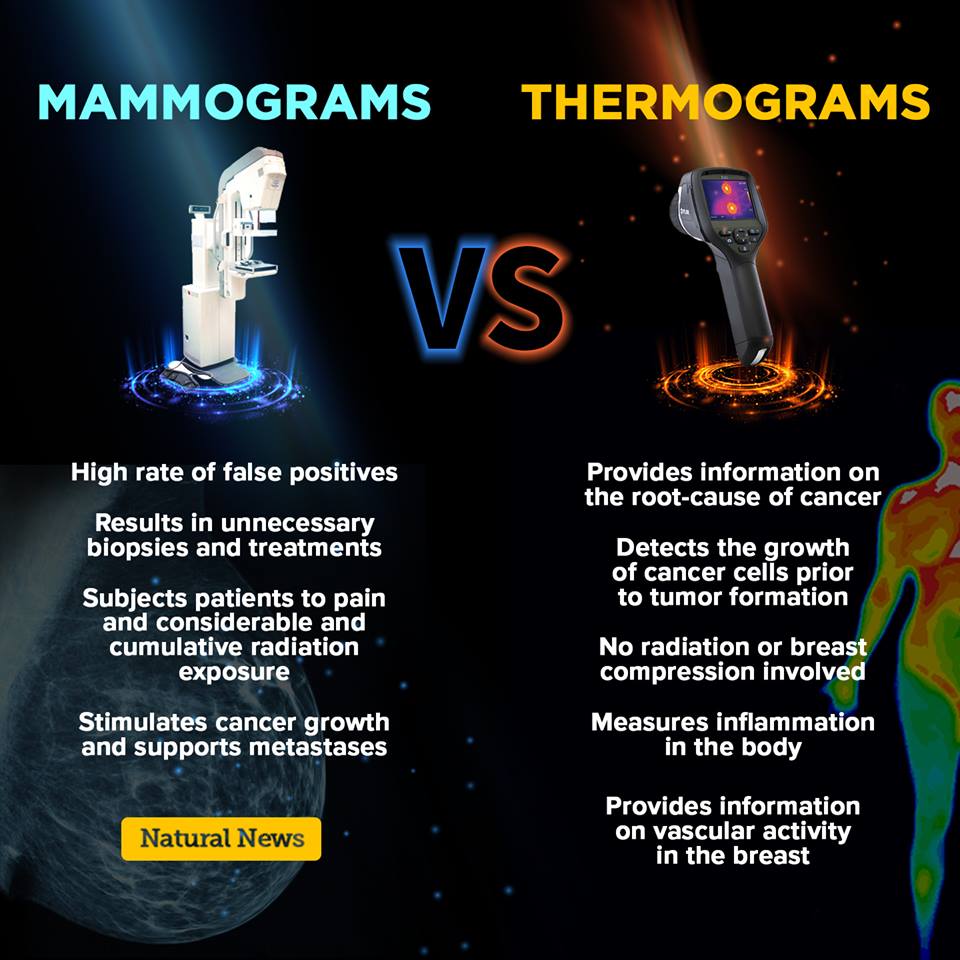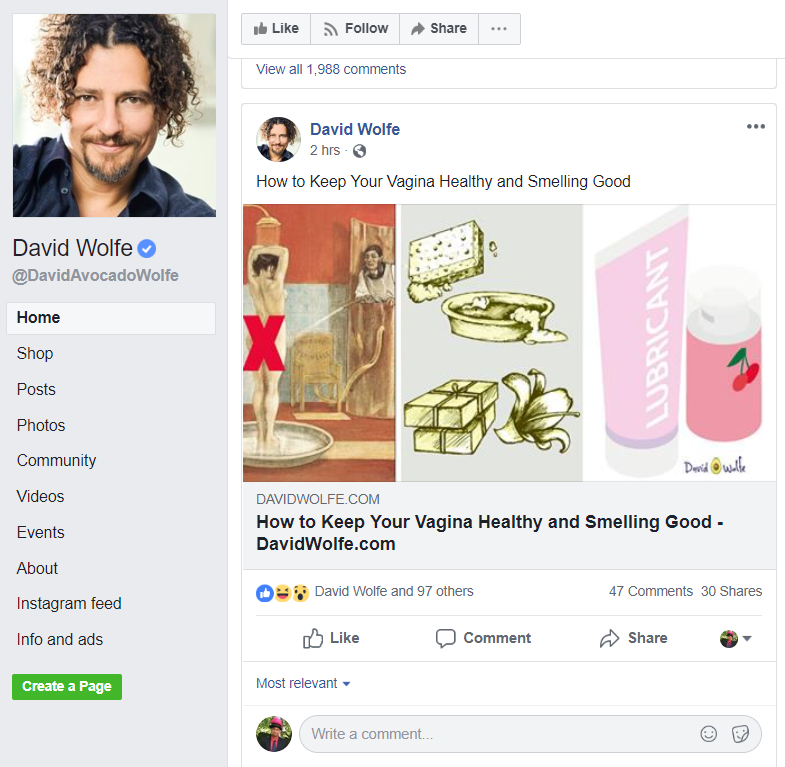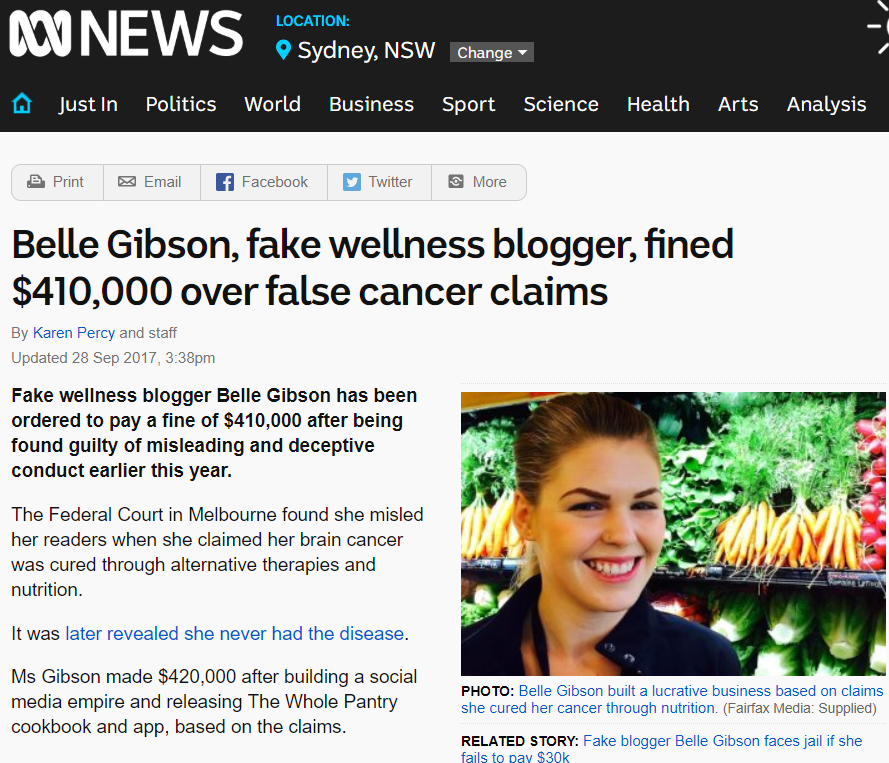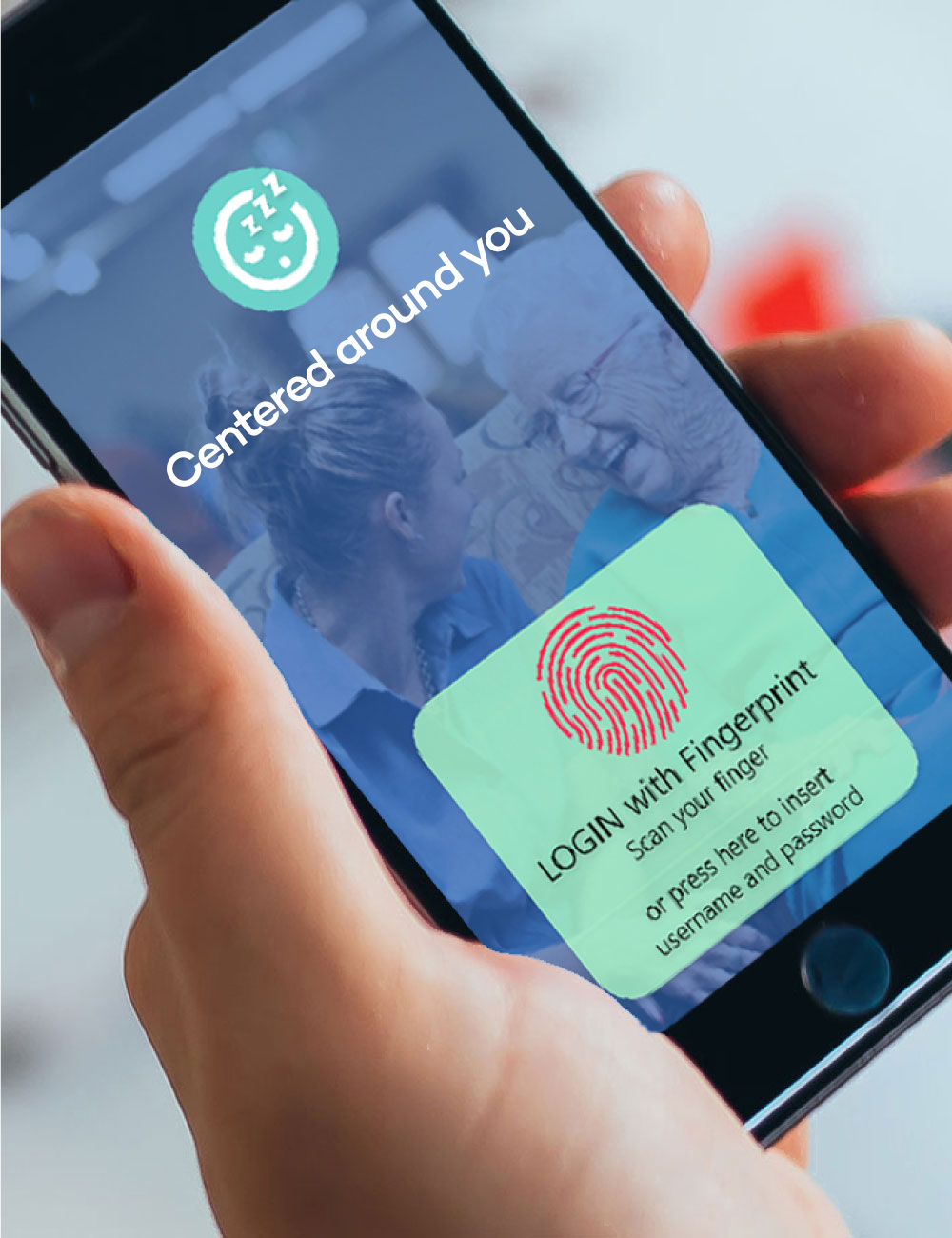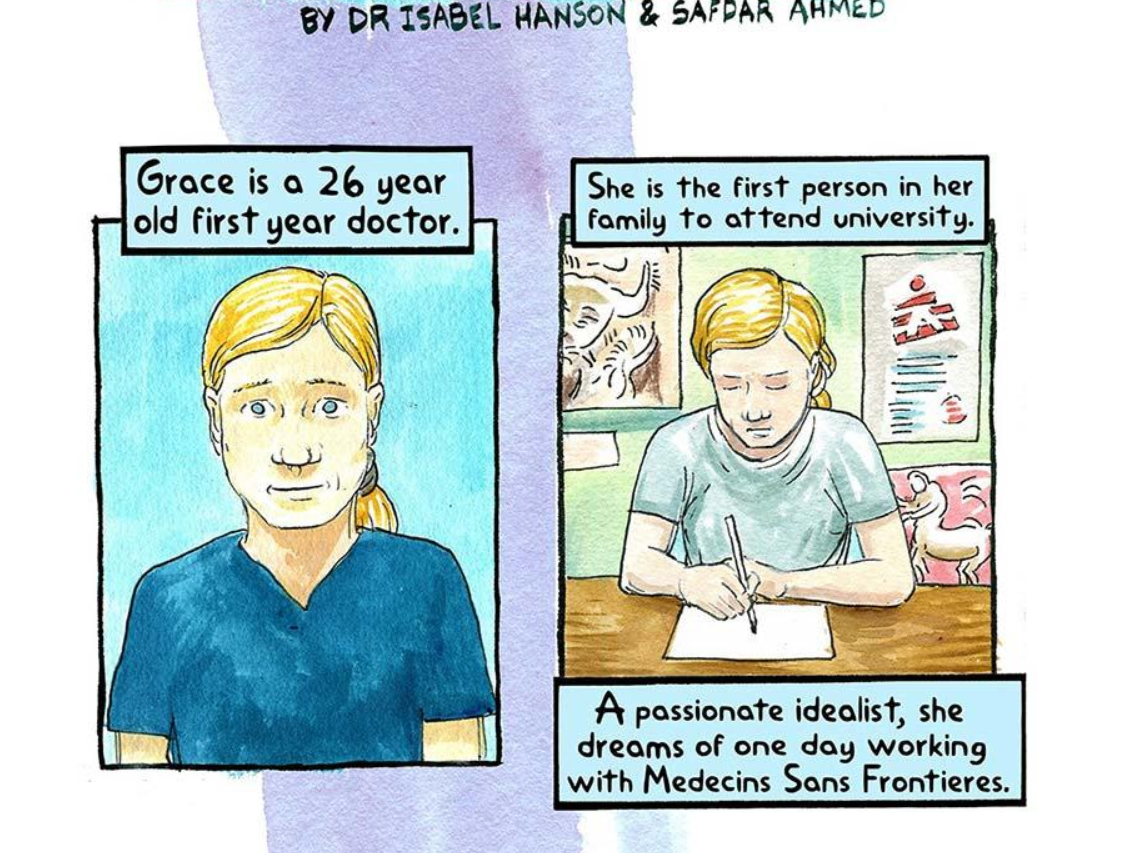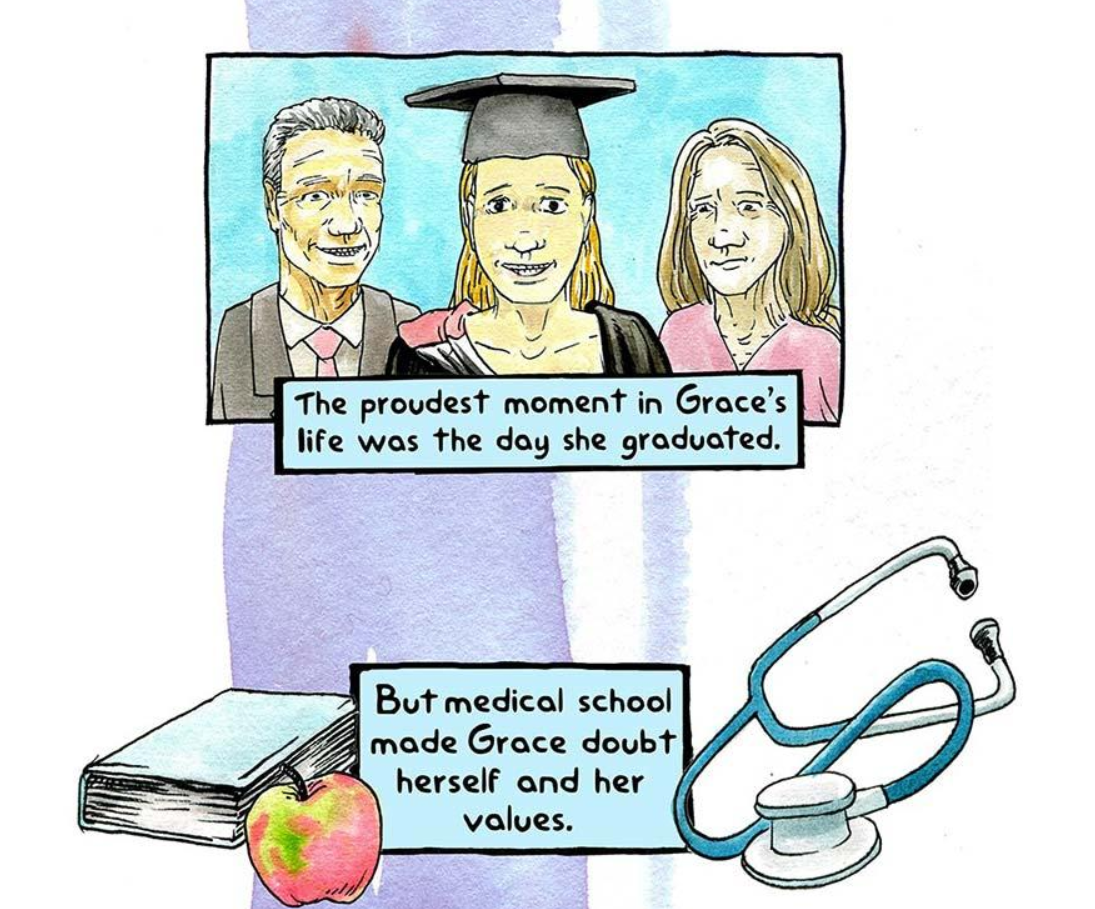This was my submission to an essay competition run by the Cancer Council of Australia a few years ago. It was shortlisted but didn’t take down first place unfortunately! I was probably a bit too industry/business model focused for what they were looking for! It does outline major challenges facing drug development though – something fascinating to many, for sure! Let me know your thoughts!
Ensuring Cancer Treatments
Improve with
Advances in Research
Outline
Cancer treatment has come far over the ages; from the barbaric beginnings of radical mastectomies and infusions of mustard gas1, to the robotic thyroidectomies of today, and cancer outcomes have followed suit2,3. This is largely attributable to dramatic leaps forward in medical knowledge garnered from research4. In order for advancements in treatments to continue, it becomes apparent that continuing our investment into research is necessary. But in order to maximise our impact, we must consider the direction oncology and treatments are heading, invest in the most
promising of prospects, and ensure our research system has maximal efficiency. In this essay, I’ll discuss the changing nature of cancer treatments and outline where and how we should direct our research to achieve maximum improvements for patients. I’ll also delve into the challenges clinical and academic research face, and suggest systemic solutions that will ensure research of all kinds are done in the most time-and-cost efficient manner. And finally, I’ll discuss the importance of preparing future physicians to deliver the fruits of research.
Before discussing solutions we need establish how the field is changing. Largely preventable cancers, like lung and colorectal cancer, are declining or stabilizing in most-all developed
nations5,6, following improved treatments, systems, screening programs and prevention measures7,8. But overall, in the developed world, cancer incidence by type is changing slowly5. The major epidemiological change is an increase in overall cancer incidence due to an older population9-11, who, through various intracellular and extracellular processes, are more likely to develop cancer12,13. Hence research, especially clinical-trial research, should reflect lower tolerance of toxicities, higher rates of co-morbidities14, and other factors prevalent in older populations.
Where oncology is changing most though is in the direction of new treatments, and advances in cancer genomics is driving much of this change. The human Genome sequence set the ground-layer of this field, allowing for cancer genome analysis to occur, and predictions of cancer genomics leading to cancer biology discoveries and guiding patient treatments are already proving true15. Large projects such as The Cancer Genome Project and The Cancer Genome Atlas, which identify and store tumour-mutation profile in databases and direct research from data collected, have already elucidated aspects of cancer biology and development47,48, found potential targets for therapeutics17,18and highlighted many tumour profiles that influence clinical management of individual patients today16,19-21. The latter benefit of genomics describes another growing trend of personalisation in cancer treatment, and this has led to new lines of treatment that differ from traditional small-molecule (small, biochemically active molecules that engage with pathways of cancer development and progression) applications. Biologicals, such as monoclonal-antibodies and growth factors are being recognised for their more targeted, less toxic applications25as well as their increased likelihood to pass early drug development23, and are already attracting more pharmaceutical patents than small-molecules24. Biologicals also offer novel avenues of delivering drugs to cancer sites and cells26,27, especially significant given our growing knowledge of the importance of the tumour-microenvironment in promoting tumour survival and protecting them from drugs39-41,49,50 , joining the ranks of other innovative delivery systems such as nanotechnology28,29. Microenvironment importance has also driven new lines of therapy targeting angiogenesis50, epidermal-growth-factor and downstream pathways109,110, and the newfound understanding of the role of stem cells in tumour growth and recurrence are leading to new therapeutic lines too42-44.
Biologicals have also opened up many exciting avenues in an already exciting field of therapy; immunotherapy22. In addition to the recent discovery and early trial successes of checkpoint inhibitors that work on CTLA4, PD1 and PDL1, which work by allowing patients’ immune systems to recognise and kill cancers30,31, the use of biologicals like monoclonal antibodies, which attack cancers by targeting or attaching to proteins on cancer cell or host tissue surfaces32-34, cancer-antigen vaccines35-37and T-Cell Modification therapies38, which prime patients’ immune cells to recognise and kill tumours, are promising potential treatments.
When these are combined with increasing discoveries into processes that aid cancer treatment and research, such as the discovery of new bio-markers and the development of adaptable trial-designs45,46, future avenues of cancer research are promising, varied and diverse. But due to the more isolated nature of these targets, the heterozygous natures of tumour mutations, and the multitude of tumour-genesis and survival pathways15,41,42-44, these treatments need be combined for maximal clinical benefit.
Yet though there are many avenues, and much research directed to new treatment pathways, less and less are being translated into treatments. Industry, which funds the vast majority of clinical trials51, is bringing significantly less new molecular entities(NMEs) to the market each year52-55, despite exponential increases in the amount invested into trial research53-55. The tremendous, increasing cost of developing and funding drugs through clinical trials and approval is the reason behind this reluctance to invest in new therapies. Funding a drug from early trials to approval costs in excess of a billion dollars70-73, with more recent analyses showing companies spend as much as 4-11billion per drug78. This takes between 11 and 14years74; all for a 6-11%75-77chance of being approved for sale. Most of this is attributable to increased regulatory requirements79, reduction in effective patent, marketable, length, by a third80,81,a shift to more targeted treatments, causing drug peak-sales to halve82,and higher attrition rates in early discovery81.
Big-Pharma has reacted. Since 2008, pipeline sizes have decreased by a fifth in top Companies like Pfizer, with the proportion of budget diverted to R&D following suit56-60, and patent filings have also fallen by nearly a third industry-wide61, highlighting this reluctance to initiate new projects. Simultaneously, marketing and sales, which obscure and corrupt physician judgement62,83and harm investor confidence through bloated sales forecasts63, have increased to half the budget; double that of R&D spend62,64. The nature of drugs developed are also impacted by the nature of pharmaceutical investments, with more “Me-Too”, copy-cat drugs; ones that mimic the actions of already developed drugs, hence producing only-slightly-better-than-previous outcomes, being funded in preference to novel ones65,66. Also observable is a focus on blockbuster drugs, those targeting diseases with larger markets, which garner higher returns67,68over rarer, underfunded diseases like neuroendocrine cancers4,69. Other factors such as managerial pressure to deliver short-term profits exacerbate this68, but the reluctance to initiate projects by industry is by far motivated mostly by this cost/time intensive, risky investment that is drug development. In order to stimulate industry, more streamlined, innovative trial structures must be enacted to reduce costs and foster innovation.
The changing nature of oncology established above highlights that systematic changes need be implemented to ensure continued improvement of cancer outcomes. The Australian government can play a crucial role in strengthening clinical trial infrastructure and funding to support industry in Australia, and electronic databases may present a unique opportunity to do this. Research, both industry-funded and academic, should be directed toward promising avenues of cancer research, and strategic direction and partnerships can improve output.
Australian clinical-trial centres have great potential in attracting more industry activity that benefits not only oncology, but also overall care for Australians. Australia is already renowned as a quality nation to conduct trials in; we produce high quality, reliable data accepted by regulatory bodies around the world, have fast ethics-approval structures and an informed and willing population84,85. But Lisa Askie, the manager of the Australia/New-Zealand Clinical Trial Registry, professed, in an interview I conducted with her that Australia needs “more investment in clinical trial infrastructure”, as sites are “underequipped” and “many trials are done on investigator initiative” with little in the way of compensation made for clinical staff conducting trials85. The government’s role in this is clear. Though industry funds nearly 70% of trials in Australia51, it employs only a quarter of clinical-trial staff51. She pointed to the UK’s system in particular as one to emulate.
The UK implemented the National Cancer Research Network after noting their cancer survival and cancer-trial recruitment rates were remarkably low compared to other developed nations86-88. The central features of this overhaul included increasing the number of clinical trial sites along geographic distributions, increasing clinical-trial staff, coordinating both research focuses and enrolment services nationally to increase synergy in the system, and increased funding to public research bodies86,88,89. And it worked. Cancer clinical trial participation increased five-fold88 to world-leading rates, clinical-trial recruitment target fulfillment nearly doubled88, and, most importantly, improvements in patient outcomes and access to trials and new drugs were noted90-92. Hospitals that conducted trials provided better care with lower mortality rates, likely due to more trained, up-to-date physician teams92. Increased economic benefits from industry was also observed, with industry-funded trial staff and investigator numbers rising88. Liverpool Hospital, Sydney, has self-funded the establishment of its own clinical-trial site to a point where it’s self sustaining, and even bringing profits to the hospital, showing such increases to infrastructure is feasible in Australia too137. With Australia’s already positive physician perception of clinical trials51and the fact that industry provides $650million in investments93 and $100million in healthcare savings to the nation94, it’s clear that any government investment that facilitates more clinical trials in Australia is a wise one.
Though structural changes to clinical trial funding is invaluable as a means of reducing time/cost taken to trial, technology has even greater potential to streamline the clinical trial process. actors that have escalated the time-and-cost of conducting clinical trials exponentially are systemic and greatly increase pre-trial attritions of potentially game-changing compounds too68,100. 90% of clinical trials are finished later than scheduled, with patient recruitment accounting for a quarter, and data collection and discrepancy resolution taking up two-fifths, of time96,97. The reasons for the former are varied; physicians don’t even consider clinical-trials 40% of the time98, patients are hardly aware of their existence98,136, and even physical encumbrances like distance from trial centre hamper patients’ trial enrolment rates98,99.
In his best-seller, Bad Pharma, Ben Goldacre not only lambasts Big-Pharma for their unscientific, unethical practices, but also suggests a novel solution for these issues that is currently being trialled in the UK83,95. He proposed that Electronic Medical Records (EMRS) be harnessed as tools to conduct live, randomised trials, arguing key issues prolonging time to trial like time spent recruiting patients, data-collection delays, and also that overall trial costs would fall significantly through such a scheme83,101. They have added benefits of being able to conduct retrospective analyses; saving millions in PhaseIV study costs, provide more clinically relevant and representative results, and can even evaluate combinational therapies101. Research applications of EMRs has been recommended by the American College of Physicians103, but in establishing such a system in Australia, measures like communicating benefits and privacy-securing measures to the public; why UK’s Care.Data failed to pass parliament102, ironing out ethics and efficiency issues101,104, and forward thinking in database-design, which minimises complex, costly data-mining and ensures data quality105,106, need to be considered to ensure our E-Health Record is widely used and effective for research purposes.
The ability to study the effects of combinational therapies is a promising application of trial-friendly EMRs, but even if they were to exist now, industry and regulatory bodies need to modify policy to facilitate their trialling. Many upcoming drugs, due to the trend of more targeted therapeutics being developed, isolate single strands of the web of cancer-cell biology, and, when used alone, will allow cancers to survive down alternate pathways, resulting in reduced success and increased relapse rates15,41,42-44,107-110. Hence combination therapies warrant further investigation. However, though there are many examples of combinational therapies improving care outcomes significantly, between both standard114-116, and more targeted therapies111-113, regulatory bodies’ policies currently restrict their investigation. The FDA heretofore have required such therapies to be given in fixed-dose combinations; in the same vial or tablet with set compound ratios117; understandably hard for biologics, which usually require intravenous administration25, personalised immunotherapies, and personalised dose-analysis studies, to do. They’ve responded to the need though by drafting a policy that allows two therapies to be combined into one “co-development” study, and data to demonstrate the contributions of each drug to be attained from earlier trials or pharmacological studies rather than expensive, time-consuming, clinical-trials118. This should stimulate more investigation. But another factor which stops these combination studies from happening is the conflicting financial interests of pharmaceuticals.
The latter factor is one that seems impossible to evade, but recently, teamwork has become prominent in cancer research; something much needed45. Consortia, an association of multiple bodies with shared research goals, bring together all sectors; not-for-profits, government and industry, to create broadly-usable tools such as biomarkers (useful for diagnostics, clinical trial evaluation and acceleration of drug discovery/development121) that would otherwise be deemed too economically infeasible to fund by singular entities120. Data-sharing is also a focus of many consortia, reducing wasteful duplication of research and producing invaluable knowledge-platforms, such as the cancer genomics consortia discussed above47,48,120. The development of innovative Intellectual Property contracts in Industry Consortia, that allow short term exclusivity of discoveries made by members, also spells out future hope for industry working together on projects where both parties can benefit, such as combinational therapies117.
Foundation and government research is a lifeline for treatment development, and should also be optimised through teamwork and strategy. Basic research required to discover biochemical pathways and therapeutic targets and proof of concepts, seen as the investment “valley of death” by pharmaceuticals122, for their inability to deliver profits, are essential to therapy development. 85% of this research is funded by governments and foundations123. In addition, rare or neglected diseases, and recent personalised immunotherapy developments, which are largely unprofitable,
require this sectors’ funding4,120,122,124. Innovative, assertive, collaborative strategies, such as the one used by Australia’s own Cure Bain Cancer Foundation, reduce wastage and increase output in this vital research stage125. The Foundation proactively outreaches to researchers when providing grants, saving over a month of work per-researcher-per-year135, collaborates, and indeed, directs research strategies for the Global Brain Exchange consortia126, and works actively with industry to ensure treatments reach patients125. Similar strategies, if employed by others, would lead to leaps-forward in treatment prospects, and thence, patient outcomes.
The complexities associated with the personalisation of clinical management and our ever-expanding discoveries in fields like genomics are already stumping doctors127. Though innovative educational tools, such as medical calculators129and the Regulome Explorer genome-map128, and technological training are being provided to bring doctors up-to-date, the most effective way to ensure future physicians are aware of, and can apply these advances is to teach them in medical school. This knowledge isn’t just necessary for future oncologists. All specialists are becoming more involved in cancer care due to multidisciplinary, team-based care130, and GPs, comprising nearly half the profession131, have the most important, currently underused role, in prevention and co-management of cancers132-134. With cancer burden only rising9-11, this becomes vital.
The changing landscape of oncology due to advances in research has made it essential we transform and optimise our clinical trial infrastructure, focus of research and research partnerships, so patient outcomes continue improving. The recommendations made in this essay provide benefits not only to science and patients, but also to industry, researchers and Australia’s health system, and many suggestions can be implemented around the world too. There are many other complex interactions and strategies that can further increase the output of new treatments that couldn’t be discussed in the length of this essay. I’m actually writing a book on the topic. But the fact that there are many pathways and much desire to improve treatments makes the future of cancer treatments bright. Hopefully, these suggestions, if implemented, will make them even brighter.
[1] Mukherjee S. The
emperor of all maladies. New York:
Scribner; 2010.
[2] Australian
Insitute Of Health and Wellbeing, Cancer
survival and prevalence in Australia, Period estimates from 1982 to 2010, CANCER SERIES Number 69, Cat. no. CAN 65
[3] Cancer Research UK Cancer Survival Group, London School of Hygiene and Tropical
Medicine. Personal communication, 2014.
[4]Islami, F., Kamangar, F., Boffetta, P., , Grand Challenges in Cancer Epidemiology
and Prevention, Front Oncol. 2011; 1:
3
[5] Hayat MJ, Howlader N, Reichman ME, Edwards BK. Cancer statistics, trends, and multiple
primary cancer analyses from the Surveillance, Epidemiology, and End Results
(SEER) Program. Oncologist. 2007
Jan;12(1):20-37
[6] Center MM., Jernal A., Ward E., International Trends in Colorectal Cancer Incidence Rates Cancer Epidemiol Biomarkers Prev.
2009;18:1688-1694
[7] Edwards BK, Ward E, Kohler BA et al., Annual Report to the Nation on the Status
of Cancer, 1975-2006, featuring
Colorectal Cancer Trends and Impact of Interventions (risk factors,
screening and treatment) to reduce future rates. Cancer. 2010;116:544-573
[8]
de Vries E, Arnold M, Altsitsiadis E, Trakatelli M, Hinrichs B, Stockfleth E,
Coebergh J; EPIDERM Group. Potential
impact of interventions resulting in reduced exposure to ultraviolet (UV)
radiation (UVA and UVB) on skin cancer incidence in four European countries,
2010-2050. British
Journal of Dematology. 2012
Aug;167 Suppl 2:53-62
[9]Australian
Institute of Health and Wellbeing, Cancer incidence projections: Australia, 2011 to 2020. Cancer Series no. 66. Cat. No.
CAN 62. Canberra: AIHW, 2012
[10] Hayat MJ, Howlader N, Reichman ME, Edwards BK. Cancer statistics, trends, and multiple
primary cancer analyses from the Surveillance, Epidemiology, and End Results
(SEER) Program. Oncologist. 2007 Jan;12(1):20-37
[11] Balducci
L, Ershler WB, Balducci L, Ershler WB. Cancer
and ageing: a nexus at several levels. Nature
Reviews Cancer 2005;5(8):655-62.
[12] de Magalhaes JP. How ageing processes influence cancer. Nat Rev Cancer 2013;13(5):357-65
[13] Hoffe S, Balducci L. Cancer and age: general considerations.
Clin Geriatr Med 2012;28(1):1-18
[14] Zbar AP, Gravitz A,
Audisio RA. Principles of surgical
oncology in the elderly. Clinical
Geriatric Medicine 2012;28(1):51-71.
[15] Zoon, KC Future Directions in Cancer Research:
Impact of the Completion of the Human Genome, Toxicologic Pathology,
32(Suppl. 1):1–2, 2004 DOI: 10.1080/01926230490424987
[17] Annelies H.Boekhout,a Jos H. Beijnen,
Jan H.M. Schellens a,c Trastuzumab, Oncologist. 2011
a,c Trastuzumab, Oncologist. 2011
Jun; 16(6): 800–810. doi:
[18] Martin Henkes, Heiko van der Kuip, Walter E Aulitzky Therapeutic options for chronic myeloid
leukemia: focus on imatinib (Glivec®, Gleevec™) Journal of Therapeutic Clinical Risk Management 2008 Feb; 4(1):
163–187.
[19] Kobayashi S1, Boggon TJ, Dayaram T, Jänne PA, Kocher O, Meyerson M, Johnson BE, Eck MJ, Tenen DG, Halmos B
EGFR mutation and resistance of
non-small-cell lung cancer to gefitinib. .New England Journal of Medicine 2005 Feb
24;352(8):786-92.
[20] Christos S. Karapetis, Shirin Khambata-Ford,
Derek J. Jonker, Chris J. O’Callaghan, Dongsheng Tu, Niall C. Tebbutt, R. John
SimesHaji Chalchal, Jeremy D. Shapiro, Sonia Robitaille, Timothy J. Price, Lois
Shepherd, Heather-Jane Au, Christiane Langer, Malcolm J. Moore, and John R.
Zalcberg, K-ras Mutations and
Benefit from Cetuximab in Advanced Colorectal Cancer New England Journal of Medicine 2008; 359:1757-1765October 23, 2008DOI: 10.1056/NEJMoa0804385
[21] Amado RG, Wolf M, Peeters M, Van Cutsem E, Siena S, Freeman DJ, Juan T, Sikorski R, Suggs S, Radinsky R, Patterson SD, Chang DD, Wild-type
KRAS is required for panitumumab efficacy in patients with metastatic
colorectal cancer. Journal of Clinical Oncology. 2008
Apr 1;26(10):1626-34. doi: 10.1200/JCO.2007.14.7116. Epub 2008 Mar 3.
[22] Weiner LM1, Dhodapkar MV, Ferrone S. Monoclonal antibodies for cancer immunotherapy. The
Lancet.2009 Mar 21;373(9668):1033-40. doi:
10.1016/S0140-6736(09)60251-8.
[26] Bethan
Hughes, Antibody–drug
conjugates for cancer: poised to deliver? Nature Reviews Drug
Discovery 9, 665-667 (September
010) | doi:10.1038/nrd3270
[27] Lubitz P1, Mayr UB, Lubitz W. Applications
of bacterial ghosts in biomedicine Advances in Experimental
Medical Biology 2009;655:159-70. doi: 10.1007/978-1-4419-1132-2_12.
[28] Chu KS; Hasan W; Rawal S; Walsh MD; Enlow
EM; Luft JC; Bridges AS; Kuijer JL et al. “Plasma,
tumor and tissue pharmacokinetics of Docetaxel delivered via nanoparticles of
different sizes and shapes in mice bearing SKOV-3 human ovarian carcinoma
xenograft”. Nanomedicine 9 July
2013 (5): 686–93.
[29] Allen TM;
Cullis PR (2004). “Drug
Delivery Systems: Entering the mainstream”. Science
2004 303 (5665): 1818–1822
[30] Mitchell JB, Choudhuri R, Fabre K, Sowers AL, Citrin D, Zabludoff SD, Cook JA. In vitro and in vivo radiation
sensitization of human tumor cells by a novel checkpoint kinase inhibitor, AZD7762. Clinical
Cancer Research. 2010 Apr 1;16(7):2076-84. doi:
10.1158/1078-0432.CCR-09-3277. Epub 2010 Mar 16.
[31] Creelan BC. Update on immune checkpoint inhibitors in
lung cancer. Cancer Control. 2014
Jan;21(1):80-9.
[32] Andrew M. Scott, Jedd D. Wolchok & Lloyd
J. Old, Antibody
therapy of cancer, Nature Reviews Cancer 12, 278-287 (April
2012) | doi:10.1038/nrc3236
[34] Krämer I, Lipp HP Bevacizumab, a humanized anti-angiogenic monoclonal antibody for the
treatment of colorectal cancer. Journal
of Clinical Pharmacy and Therapeutics 2007 Feb;32(1):1-14.
[35] Luigi Buonaguro, Annacarmen Petrizzo, Maria
Lina Tornesello, Franco M. Buonaguro, Translating
Tumor Antigens into Cancer Vaccines, Clinical
Vaccine Immunology. 2011 Jan; 18(1): 23–34.
[36] Beatriz M. Carreno
Vincent Magrini,
Michelle
Becker-Hapak, Saghar
Kaabinejadian, Jasreet Hundal, Allegra A. Petti,
Amy Ly,
Wen-Rong Lie, William H.
Hildebrand, Elaine R. Mardis,
Gerald P. Linette A dendritic cell vaccine increases the
breadth and diversity of melanoma neoantigen-specific T cells, Science DOI: 10.1126/science.aaa3828
[37] Hacohen, N., Fritsch, E.F, Carter, T.A, Wu. C, et al.,
Getting Personalised with
Neoantigen-based therapeutic Cancer, Cancer Immunol Res; 1(1); 11–15. ©2013 AACR.
[38] Shannon L. Maude, Noelle Frey, Pamela A. Shaw,
Richard Aplenc, David M. Barrett, Nancy J. Bunin, Anne Chew, Vanessa E.
Gonzalez, Zhaohui Zheng, Simon F. Lacey, Yolanda D. Mahnke, Jan J. Melenhorst,
Susan R. Rheingold, Angela Shen, David T. Teachey, Bruce L. Levine, Carl H.
June, David L. Porter, Stephan A. Grupp, Chimeric Antigen Receptor T Cells
for Sustained Remissions in Leukemia, New England Journal of Medicine 2014; 371:1507-1517
[39] Gemma K.
Alderton, Tumour Microenvironment Driving Relapse Nature Reviews Cancer 15, 195 (2015)
[40] Alessia Errico Stromal signatures drive the oncogenic phenotype
of colorectal cancer Nature
Reviews Clinical Oncology March 17 2015
[41] Melissa R. Junttila, Frederic J. de Sauvage Influence
of tumour micro-environment heterogeneity on therapeutic response Nature
2013 501, 346–354
[43] Cancer: New
fronts in an old war, Nature 2006 442.7104:735-735
[44] Abbot, A., Cancer:
The root of the problem, Nature 2006 442.7104: 742-3.
[45] Janet
Woodcock, Martha Brumfield,
Dalvir Gill, Elias Zerhouni, The driving role of consortia on the
critical path to innovative therapies Nature Reviews Drug Discovery 13, 781, 2014
[47] Yiyu Dong, Brian A Van Tine, Toshinao Oyama, Patricia I
Wang, Emily H Cheng, James J Hsieh, Taspase1
cleaves MLL1 to activate cyclin E for HER2/neu breast tumorigenesis, Cell Research 2014 Nov; 24(11): 1354–1366.
[48] Haizhong Feng, Giselle Y. Lopez, Chung Kwon Kim, Angel
Alvarez, Christopher G. Duncan, Ryo Nishikawa, Motoo Nagane, An-Jey A. Su,
Philip E. Auron, Matthew L. Hedberg, Lin Wang, Jeffery J. Raizer, John A.
Kessler, Andrew T. Parsa, Wei-Qiang Gao, Sung-Hak Kim, Mutsuko Minata, Ichiro
Nakano, Jennifer R. Grandis, Roger E. McLendon, Darell D. Bigner, Hui-Kuan Lin,
Frank B. Furnari, Webster K. Cavenee, Bo Hu, Hai Yan, and Shi-Yuan Cheng, EGFR phosphorylation of DCBLD2 recruits
TRAF6 and stimulates AKT-promoted tumorigenesis, Journal of Clinical Investigation 2014 Sep 2; 124(9): 3741–3756.
[49] Castells M, Thibault B, Delord JP, Couderc B. Implication of tumor microenvironment in
chemoresistance: tumor-associated stromal cells protect tumor cells from cell
death, International Journal of
Molecular Science. 2012;13(8):9545-71
[50] Naoyo Nishida, Hirohisa Yano, Takashi Nishida,
Toshiharu Kamura, Masamichi Kojiro, Angiogenesis
in Cancer, Journal of Vascular
Health Risk Management 2006 Sep; 2(3): 213–219
[51]
NSW Clinical Trials Business Development Centre, 2008, Value of Industry Sponsored Clinical Trials in Australia: Inaugural
Survey of Investigator Perceptions of the Value of Industry Funded Clinical
Research
[52]
Derek J Ward, Orsolina I Martino, Sue Simpson, Andrew J Stevens, “Decline
in new drug launches: myth or reality? Retrospective observational study using
30 years of data from the UK“, BMJ
Open 2013;3:e002088
[54] F
J Cohen “Macrotrends in pharmaceutical innovation” Nature Rev.
Drug Disc. 2005, 4, p78-84
[55] K
J Kaitin “Deconstructing the Drug Development Process”, Clinical Pharmacology and Therapeutics 2010
87 p356-361
[62]
Joseph Barfett, Brett Lanting, Julian Lee, Michael lee, Victor Ng, Peter
Simkhovitch, “Pharmaceutical Marketing to medical Students; The
Student Perspective” Medical
Journal of Malaysia 2004 8: 21-27
[63]
Myoung Cha, Bassel Rifai, Pasha Sarraf, Pharmaceutical forecasting:
throwing darts? ” Nature
Reviews Drug Discovery 12, 737–738 (2013)
[66]
Henry Grabowski and Margaret Kyle, 2007, “Generic Competition and
Market Exclusivity Periods in Pharmaceuticals” Managerial and Decision Economics 2007 27:
1–12
[68]
Pedro Cuatrecasas 2006, Drug discovery in jeopardy J Clin Invest.
2006;116(11):2837–2842
[70] J DiMasi et al, The Price of Innovation: New Estimates of Drug Development Costs, Journal
of Health Economics 2003.
[71]
DiMasi, J. A., H. Grabowski, Health
Economics of new oncology drug development. Journal of Clinical Oncology, 2007 10, 209–216
[72] J. DiMasi, H. Grabowski, The Cost of Biopharmaceutical R&D: Is
Biotech Different?, Managerial and Decision Economics,
2007″,
]73] Sandra
Peters, Tufts Center for the Study of Drug Development, Cost to Develop and Win
Marketing Approval for a New Drug Is $2.6 Billion Press Release, November 18, 2014, Accessed April 10 2015, accessible
from: http://csdd.tufts.edu/news/complete_story/pr_tufts_csdd_2014_cost_study
[74] DiMasi JA, Hansen RW, Grabowski HG. “The Price Of Innovation: New Estimates Of
Drug Development Costs“. Journal of Health Economics, 2003 Mar;22(2):151-85
[77] DiMasi JA, Risks
in new drug development: approval success rates for investigational drugs. Clinical Pharmacology Therapy, 2001
May;69(5):297-307.
[79] World Trade Organisation “Agreement on
Trade Related Aspects of Intellectual Property Rights, Including Trade in
Counterfeit Goods“ World
Trade Organisation Doha Decleration, 319-351, 1994
[80]
Andersson, F. Hertzmant, P, 1993, “Effective
Patent Life of Drugs in Sweden. A comparison with International Studies,”
Managerial and Decision Economics 1993 14
(1), 53-63
[81]
Laura Magazzini, Fabio Pammolli, Massimo Riccaboni, R&D Productivity, Spillovers and Effective Patent
Life” Nature Reviews Drug
Discovery 10, 428-438 (June 2009)
[83]
Goldacre, Ben. Bad Pharma; How Drug Companies
Mislead Doctors and Harm Patients. Print. Faber & Faber;
Reprint edition (February 5, 2013
[85] A/ Prof Lisa Askie, Interview by Nikhil Autar, Recorded Phone Call,
August 8 2014, Transcript available on request
[86] M
Stead D Cameron, Lester, M Parmar, R Haward, R Kaplan, T Maughan, R Wilson, H
Campbell, R Hamilton, D Stewart, L O’Toole, D Kerr, V Potts, R Moser,J
Darbyshire, P Selby, Strengthening
clinical cancer research in the United Kingdom British Journal of Cancer. 2011 May 10; 104(10): 1529–1534
[87] Berrino F, Capocaccia R, Esteve J, et al. Survival of Cancer Patients in Europe: the
EUROCARE-2 Study. International Agency for Research on Cancer
Publications 1999 No. 151. Originally
published Ann Ist Super Sanità
2009 Vol. 45, No. 3: 315-324
[88] Cancer
Working Group. 1999. Strategic priorities in cancer research and development. Department of Health: England
[89] D.
Cameron, M. Stead, N. Lester, M. Parmar, R. Haward, T. Maughan, R. Wilson,A.
Spaull, H. Campbell, R. Hamilton, D. Stewart, L. O’Toole, D. Kerr, V. Potts,R.
Moser, M. Cooper, K. Poole, J. Darbyshire, R. Kaplan, M. Seymour, P. Selby, Research-Intensive Cancer care in the NHS
in the UK, Annals of Oncology, Vol
22, issue 7, pvii 29 – pvii 37
[90]
Rachet B, Maringe C, Nur U, Quaresma M, Shah A, Woods LM, Ellis L, Walters S,
Forman D, Steward J, Coleman MP. Population-based
cancer survival trends in England and Wales up to 2007: an assessment of the
NHS cancer plan for England. Lancet
Oncology 2009 Apr;10(4):351-69.
[91] Du
Bois A, Rochon J, Lamparter C, Pfisterer J; AGO Organkommission OVAR
PFisterer., Pattern of care and impact
of participation in clinical studies on the outcome in ovarian cancer, Lancet International Journal of
Gynaecological Cancer. 2005 Mar-Apr;15(2):183-91.
[92]
Majumdar SR, Roe MT, Peterson ED, Chen AY, Gibler WB, Armstrong PW. Better outcomes for patients treated at
hospitals that participate in clinical trials. Archives of Internal Medicine 2008 Mar 24;168(6):657-62.
[93]
Commonwealth of Australia, 2009, Pharmaceuticals
Industry Strategy Group – Final Report Accsessed April 2014, Accessible
from: http://apo.org.au/research/pharmaceuticals-industry-strategy-group-final-report
[94] Senator the Hon Kim Carr, 2011, Speech at the Medicines Australia Parliamentary Dinner, 2 March
2011
[95] Gulliford MC, van Staa T, McDermott L, Dregan A, McCann G,
Ashworth M, et al. Cluster randomised
trial in the General Practice Research Database: 1. Electronic decision support
to reduce antibiotic prescribing in primary care (eCRT study). Trials2011;12:115.
[96] Joint 2001 McKinsey and Lehman Brothers Interview
of 49 executives and chief risk officers of pharmaceutical , biotech and
medical devices
[98]
Lara PN Jr1, Higdon R, Lim N, Kwan K, Tanaka M, Lau DH, Wun T, Welborn J,
Meyers FJ, Christensen S, O’Donnell R, Richman C, Scudder SA, Tuscano J,
Gandara DR, Lam KS. Prospective
evaluation of cancer clinical trial accrual patterns: identifying potential
barriers to enrollment. Journal
of Clinical Oncology 2001 Mar 15;19(6):1728-33
[99] Go
RS, Frisby KA, Lee JA, Mathiason MA, Meyer CM, Ostern JL, Walther SM, Schroeder
JE, Meyer LA, Umberger KE.Clinical
trial accrual among new cancer patients at a community-based cancer center. Cancer. 2006 Jan 15;106(2):426-33.
[100]
Thorir Bjornsson, May 2010 Does Pharmaceutical Predictivity Translate to
Productivity in Drug Development? If So, How?, presentation
to NGP Summit in Los Angeles in 2009, and at FDA in Silver Spring, Maryland,
and Critical Path Institute in Tucson, Arizona, in 2010, Accessed March 2014,
Accessible from: http://dl.dropbox.com/u/6886618/Pharmaceutical%20Predictivity%20May-2010.ppt.pdf
[101]
Tjeerd-Pieter van Staa, Jackie Cassell, Ben Goldacre, Martin Gulliford, Adel
Taweelunir Pirmohamed, Adel Taweel, Brendan Delaney, Liam Smeeth, 2011; Pragmatic randomised trials using routine electronic health records:
putting them to the test British
Medical Journal 2012;344:e55
[103] Thomson Kuhn, MA; Peter
Basch, MD; Michael Barr, MD, MBA; Thomas Yackel, MD, MPH, MS,, for the Medical
Informatics Committee of the American College of Physicians, Clinical Documentation in the 21st Century:
Executive Summary of a Policy Position Paper From the American College of
Physicians, Annals of
Internal Medicine 2015;162(4):301-303
[104] Thomas D. Sequist, MD, MPHm Clinical Documentation to Improve Patient Care Annals of
Internal Medicine 2015;162(4):315-316
[105]
Peter B. Jensen,, Lars J.
Jensen1 and
Søren Brunak Mining electronic
health records: towards better research applications and clinical care, Nature Reviews Genetics, June 2012, 13:395-495
[106] Patricia Cerrito, John C. Cerrito,
Kroger Pharmacy, Data and Text Mining the Electronic Medical Record to Improve
Care and to Lower Costs, Data Mining and Predictive Modeling, Paper 077-31,
[107] Janet Woodcock, Joseph P. Griffin, Rachel E. Behrman,Development
of Novel Combination Therapies New England Journal of Medicine
2011; 364:985-987
[108] Al-Lazikani B1, Banerji U, Workman P. Combinatorial drug therapy for cancer in the post-genomic era. Nature Biotechnology 2012 Jul 10;30(7):679-92
[109]
Engelman
JA, Zejnullahu K, Mitsudomi T, et al. MET amplification leads to gefitinib resistance in lung cancer by
activating ERBB3 signaling. Science 2007;316:1039–43.
[110] Guix
M, Faber AC, Wang SE, et al. Acquired resistance to EGFR tyrosine kinase inhibitors in cancer cells
is mediated by loss of IGF-binding proteins. J Clin Invest 2008;118:2609–19.
[111] Eric F.
Zhu Shuning A. Gai Cary F. Opel12 Byron H. Kwan Rishi Surana Martin C. Mihm
Monique J. Kauke Kelly D. MoynihanAlessandro Angelini. Robert T. Williams.
Matthias T. Stephan. Jacob S. Kim. Michael B. Yaffe. Darrell J. Irvine. Louis
M. Weiner.Glenn Dranoff. K. Dane Wittrup, Synergistic
Innate and Adaptive Immune Response to Combination Immunotherapy with
Anti-Tumor Antigen Antibodies and Extended Serum Half-Life IL-2, Cancer
Cell Volume 27, Issue 4, p489–501, 13 April 2015
[112] Haass
NK, Sproesser K, Nguyen TK, et al. The mitogen-activated protein/extracellular signal-regulated kinase
kinase inhibitor AZD6244 (ARRY-142886) induces growth arrest in melanoma cells
and tumor regression when combined with docetaxel. Clinical Cancer Research 2008;14:230–9.
[113] Sampath
D, Belvin M, Guan J, et al. Combination
of class I PI3K inhibitor, GDC-0941, with standard of care therapeutics results
in enhanced anti-tumor responses in human cancer models in vitro and in vivo. European Journal of Cancer
Supplements 2008;6:69–70.
[114] Natasha
Kekre, John Koreth, Novel strategies to
prevent relapse after allogeneic haematopoietic stem cell transplantation for
acute myeloid leukaemia and myelodysplastic syndromes, Current
Opinion in Hematology 2015, 22 (2): 116-22
[115] B L Stein, R Swords, A
Hochhaus, F Giles Novel
myelofibrosis treatment strategies: potential partners for combination
therapies Leukemia: Official Journal of the Leukemia Society of
America, Leukemia Research Fund, U.K 2014, 28 (11): 2139-47
[116] S Hong, J Le-Rademacher, A Artz, P L McCarthy, B R Logan, M
C Pasquini
Comparison of non-myeloablative conditioning
regimens for lymphoproliferative disorders Bone Marrow Transplantation 2015, 50 (3):
367-74
[117] Levinson AD. Cancer
therapy reform. Science 2010;328:137-137
[120] Faster Cures,
Consortia-Pedia, An In Depth Look at the
Research-By-Consortium Trend in Medical Research and Development, 2014
[121] Reid M, Yasko J. The role of biomarkers in cancer
clinical trials. Semininars in Oncology
Nursing 2012 May;28(2):116-21.
[122] Institute of Medicine (US) Forum on Drug Discovery, Breakthrough Business Models: Drug
Development for Rare and Neglected Diseases and Individualized Therapies:
Workshop Summary., Development, and Translation. Washington (DC): National Academies Press (US); 2009.
Accessed 15 April 2015, Accessible from: http://www.ncbi.nlm.nih.gov/books/NBK50977/
[123] Light DW. Basic research funds to discover important
new drugs: Who contributes how much. In: Burke MA, ed. Monitoring the financial
flows for health research 2005: behind the global numbers. Global Forum for Health Research, 2006:27-43
[124]
Gambrill S. Venture philanthropy on the
rise. The CenterWatch
Monthly. 2007;14(8):6–14
[127] J.R. Sorenson and Brian Cheuvront, The Human Genome Project and health
behavior and health education research, Health Education Research (1993) 8 (4):589-593
[129] Rachel Bierbrier, Vivian Lo, Robert C Wu, Evaluation of the Accuracy of Smartphone
Medical Calculation Apps, Journal of
Medical Internet Research 2014 Feb; 16(2): e32
[130] State Government Victoria Department of Health, Multidisciplinary Cancer Care, Literature
Review, Victoria Department of
Health, June 2012, Accessible from: www.health.vic.gov.au/cancer
[131] Health Workforce Australia 2012, Australia’s Heath Workforce Series – Doctors in focus,
Health Workforce Australia: Adelaide
[132] Campbell NC, MacLeod U, Weller D, Campbell NC, MacLeod U,
Weller D. Primary care oncology:
essential if high quality cancer care is to be achieved for all. Family Practice. 2002 Dec;19(6):577-8.
[133] Moyez Jiwa, Christobel M
Saunders, Sandra C Thompson, Lorna K Rosenwax, Scott Sargant, Eric L Khong,
Georgia K B Halkett, Gloria Sutherland, Hooi C Ee, Tanya L Packer, Gareth
Merriman, Hayley R Arnet, Timely cancer
diagnosis and management as a chronic condition: opportunities for primary
care, Medical Journal of Australia
2008; 189 (2): 78-82.
[134]
Foreman L, Foreman L. Bowel cancer
screening–a role for general practice. Australian
Family Physician. 2009 Apr;38(4):200-3.
[135] Danielle L. Herbert, Adrian G.
Barnett Nicholas Graves Funding:
Australia’s grant system wastes time, Nature
495, 314, 21 March 2013
[136] Laurie Fenton, Maureen Rigney, Roy S. Herbst, Clinical trial awareness, attitudes, and participation
among patients with cancer and oncologists, Community Oncology, Volume 6/Number 5, May 2009, 207-228
[137] Karl A Joburn, Interviewed by Nikhil Autar, e-mail
and personal communications, April 23 2015, e-mail interactions available on
request
Word Count: 2499 (headings not included in count)
